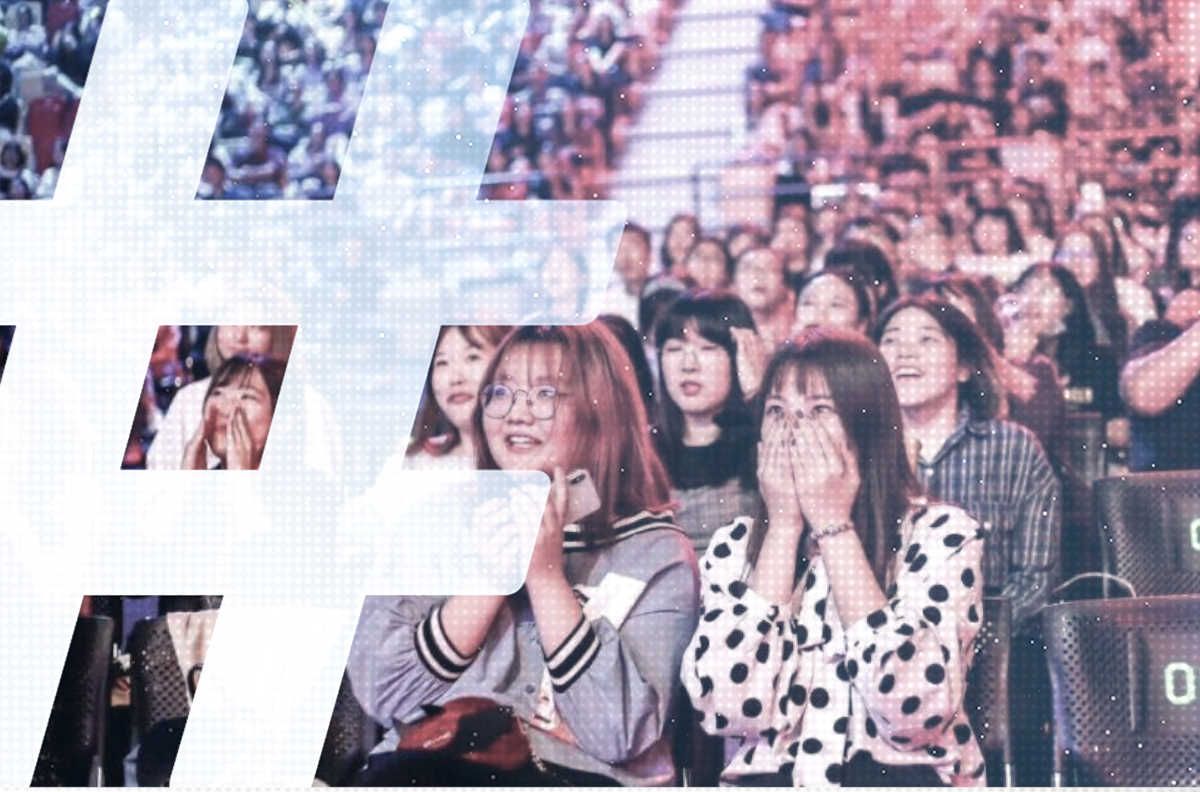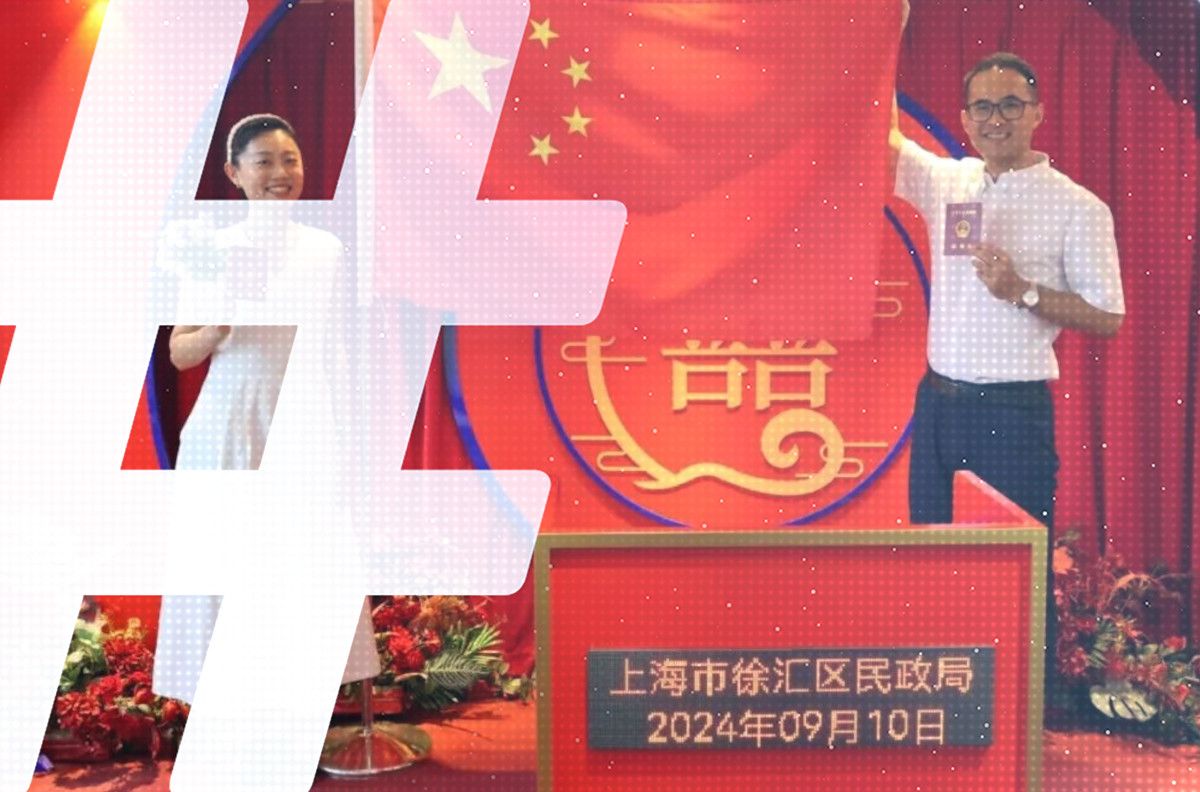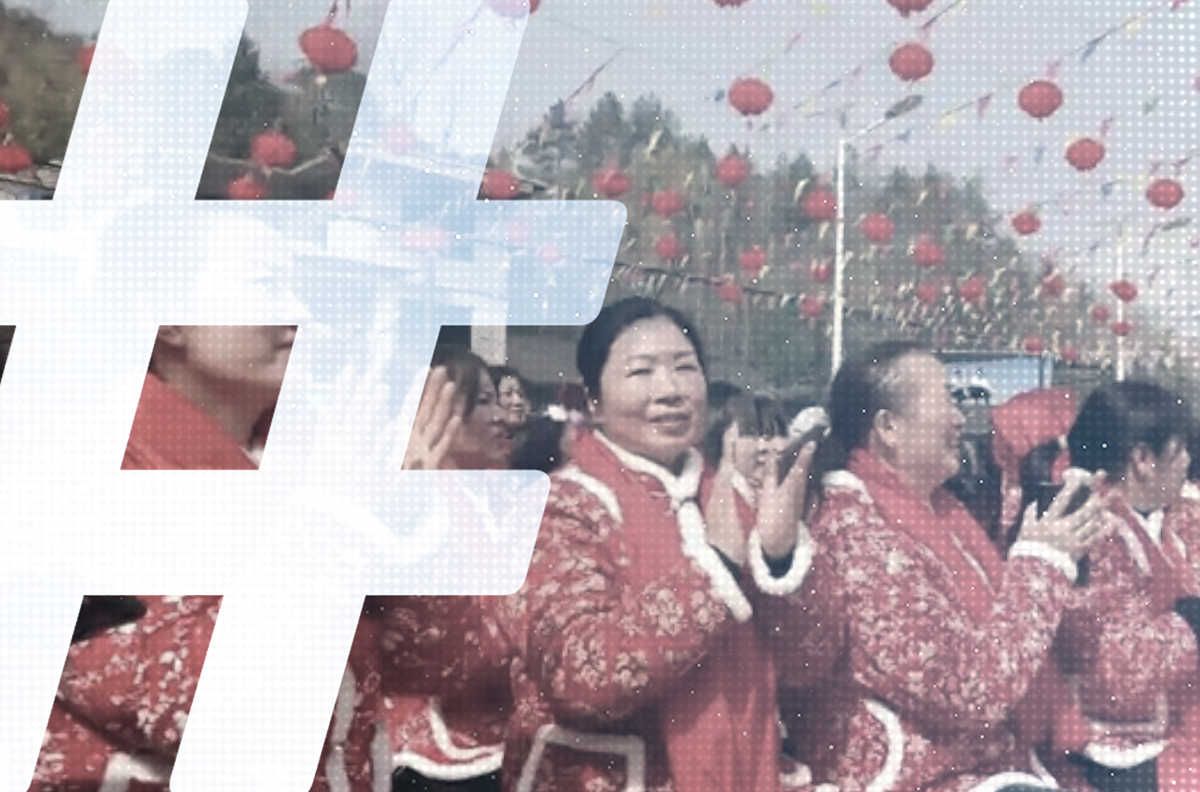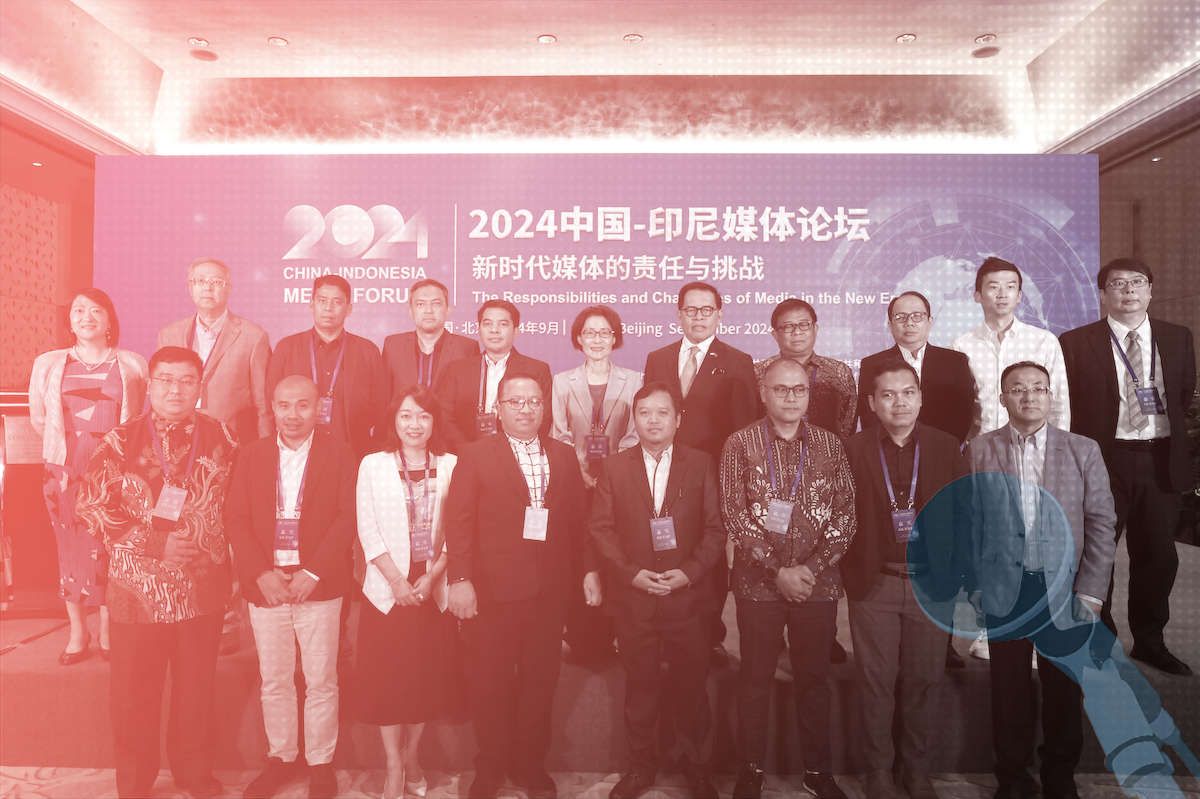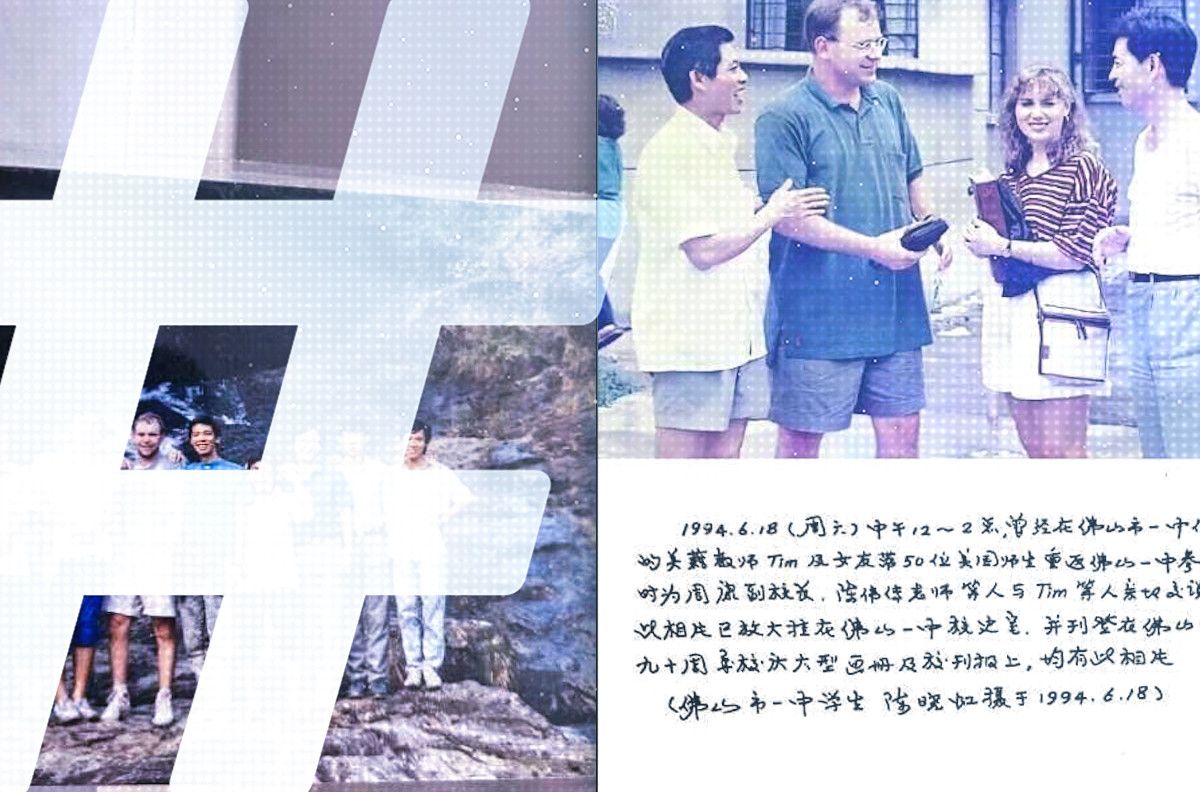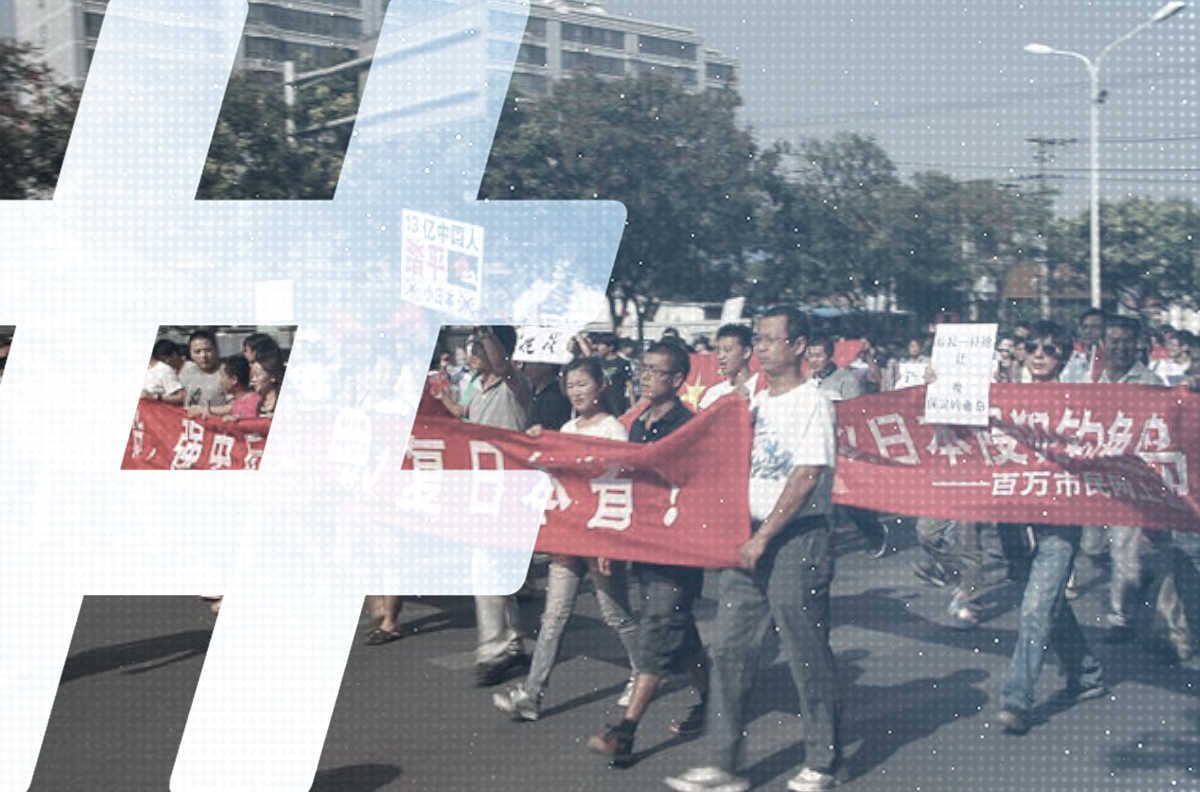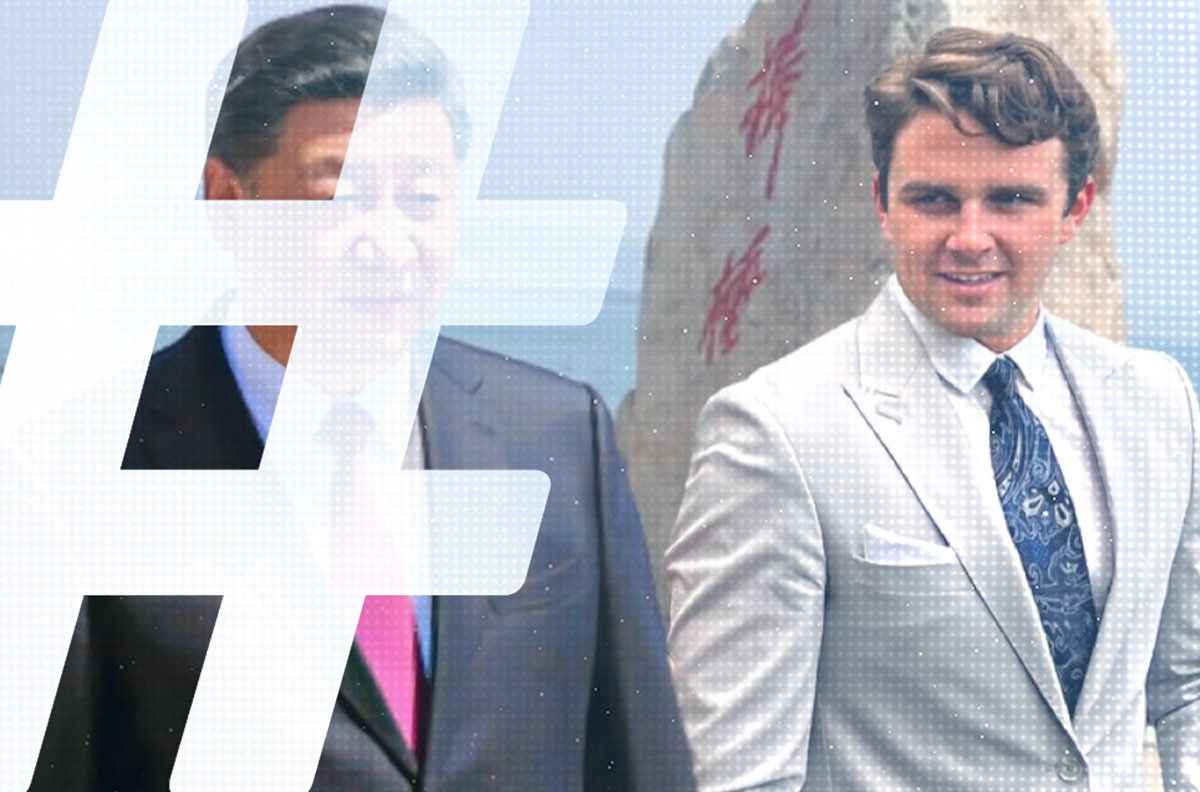A two-part film aimed at polishing China’s global image is now due for international release. Production of the film, a project by China’s State Council Information Office, was entrusted to the advertising company Shanghai Lowe & Partners, which has in the past worked with international commercial brands in China. The film features a 30-second commercial, People – due to be shown on CNN and other prominent international media – and a 15-minute feature, Perspectives. People features several Chinese celebrities, including tycoon Li Ka-shing, basketball star Yao Ming, astronaut Yang Liwei, Alibaba Group founder Jack Ma Yun and actress Zhang Ziyi.
Ahead of its international release, People has been robustly promoted by the media in China. Shanghai Lowe has been singled out for praise for its positive portrayal of China. But some questions are in order. First, how much did this advertisement cost? And, second, what does China hope to gain by spending this money?
For many Chinese, our “national image” is something sacred. But once sanctified, a concept hardens and become abstract. People start believing it can be created independent of all other factors, and they ignore larger social and political issues. So what if there are problems with China’s legal environment and its financial system? So what if authors are persecuted for their writing, citizens set fire to themselves to protest at the forced destruction of their homes, or rights petitioners are tossed into extralegal “black jails” simply for seeking justice? None of these things represent our national image. We suppose we can simply manufacture a “national image” independent of these facts, burying our heads in the sand and saying, “Look over here, everyone. This is the image approved by our government.”
It’s fine to film nice things and share them with people. You can film beautiful scenery to promote tourism. You can film life in the city and give people a taste of local culture. But these films convey only what you’ve chosen to film. They can’t possibly be representative.
The producer of the State Council publicity spots, Zhu Youguang, said recently that while “not every country has ‘national image publicity films’, all countries promote themselves in different ways”. The United States does not produce publicity films to promote its image, Zhu said, but this was simply because all of America’s feature films, animations and musical productions promoted its national image. It’s true that the so-called “American spirit” is constantly being promoted through popular culture. But Zhu has confused “image” and “concept”. American films are not produced with funding from the US government, and they are not in the business of manufacturing an American image. What they do is express ideas and concepts, which are intellectual and cultural aspirations. An image, by contrast, is something preconceived, a foregone conclusion.
Then there is the question of what image of China we are trying to portray through this publicity film. Zhu’s argument is that China and the US are in very different positions, that China does not yet have the cultural means to get its messages out. Therefore, he says, “[we] must resort to publicity films like this in order to achieve results in a short time”. This is naked opportunism, and that’s probably the first impression people seeing the publicity film are going to have. What makes us think we can simply take some pretty footage, purchase some air time, and raise our international prestige right away? We’re imagining that foreigners are just like Chinese.
What are foreigners supposed to glean from this publicity film? According to Chinese media reports, the idea is for foreigners to recognise the faces of these Chinese celebrities and see them as representative of China. Yet, in one interview, executive producer Su Mingxia said the 30-second film “shows the situation of ordinary Chinese, and how they live and work”.
You can see just how ambivalent the production team is. On the one hand, they concentrate on filming celebrities, and on the other they emphasise the importance of the hoi polloi. The producers even include a not-so-famous policeman at the end of the film, voicing the hope that “the film begins with the people and returns to the people”.
Why should we deceive ourselves and others like this? The production team knows only too well that it is we Chinese, and not foreigners, who really care about these celebrities. Making a show of these success stories and imagining they represent China – this is just another form of success worship and the adulation of the rich and famous.
This film is not likely to improve China’s image in the eyes of foreigners; it might actually have the opposite effect. We are the ones who are obsessed with wealth and fame; faced with the difficult question of whether to make a film for Chinese people or for foreigners, the production team decided to satisfy China’s own cravings first.
Ultimately, all of these efforts to promote China’s image will become “export commodities consumed domestically”. This is how they will fulfil the hopes of the producers, and the film “returns to the people”.
After the film’s release, our media in China will certainly conclude that the film is highly effective in raising our country’s image globally, and that foreigners who watched it are filled with admiration for us. But the real result will be to demonstrate to our own people that the worship of success brings instant reward, and is indeed a shortcut to success.
This editorial is a translated and edited version of the Chinese original appearing at Time Weekly.

